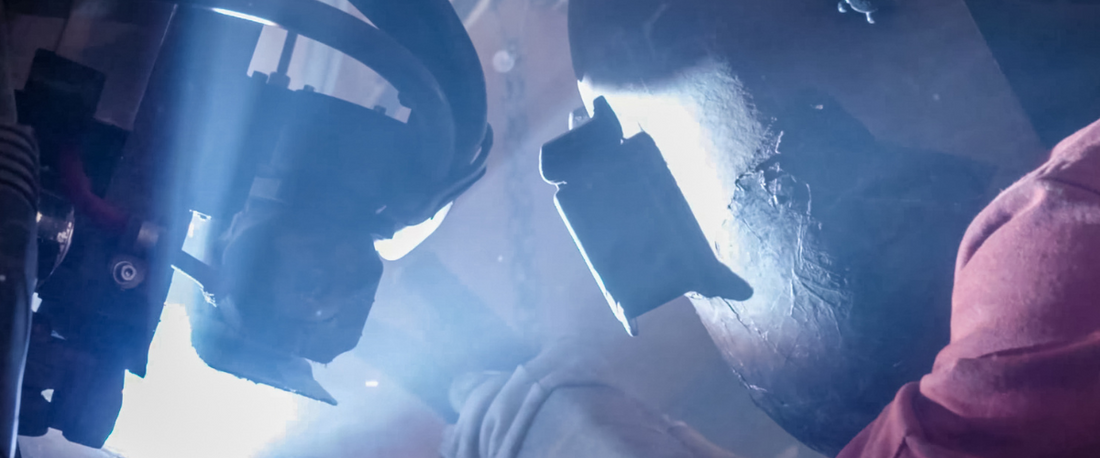In a perfect world all surfaces that require welding would be flat; since this is not a perfect world welders are often required to perform welds on many different shapes and sizes of materials. Field welding and welding that needs to be done on larger items often require welders to perform vertical welds. Vertical welding is a hard technique to master and it is not the same in all welding processes. Below we have listed some tips that we hope will make the task of vertical welding a bit easier.
If a welder is using the MIG welding process, which is the most common method used today, a welder must master vertical welding using a MIG gun. This process will be the most common method used on a majority of vertical welds. Vertical MIG welds can run either uphill or downhill. The direction of the weld is often determined by the welder’s preference and the type of wire they will be using. MIG wire is typically either solid or will have a flux core. Many welders feel that solid core wire is the easiest to work with when performing downhill welds. To achieve the best results the MIG gun should be facing up between five and fifteen degrees. It is important to stay ahead of the weld puddle to keep excess metal from building up and falling away from the weld joint. If a welder prefers to use flux core wire they will achieve the best results running the weld uphill in order to eliminate contamination of the weld from the flux. In this process the MIG gun should be pointed up and held at a five to fifteen degree angle while pulling the weld upward.
In the TIG welding process there are no contaminating properties. This allows the welder to perform both uphill and downhill welds. In this method uphill is the preferred technique because it allows for better penetration of the weld joint. When performing vertical welds using this method, the lowest possible current that produces proper penetration should be used. The TIG torch should be held at an angle between sixty and seventy-five degrees from the base metal with the torch tip facing the weld puddle. The filler rod should rest at an angle of between fifteen and twenty degrees from the base metal.
Shielded metal arc welding, or stick welding, is another technique that can be used to perform vertical welds. This technique requires the welder to have experience and skill in order to determine which direction will produce the best result. When using stick welding it should be done in small welds or multiple passes in order to reduce weld sag. The electrode should have an angle between twenty and forty-five degrees.
If you need any welding supplies, accessories, or machines be sure to check out our website here.

